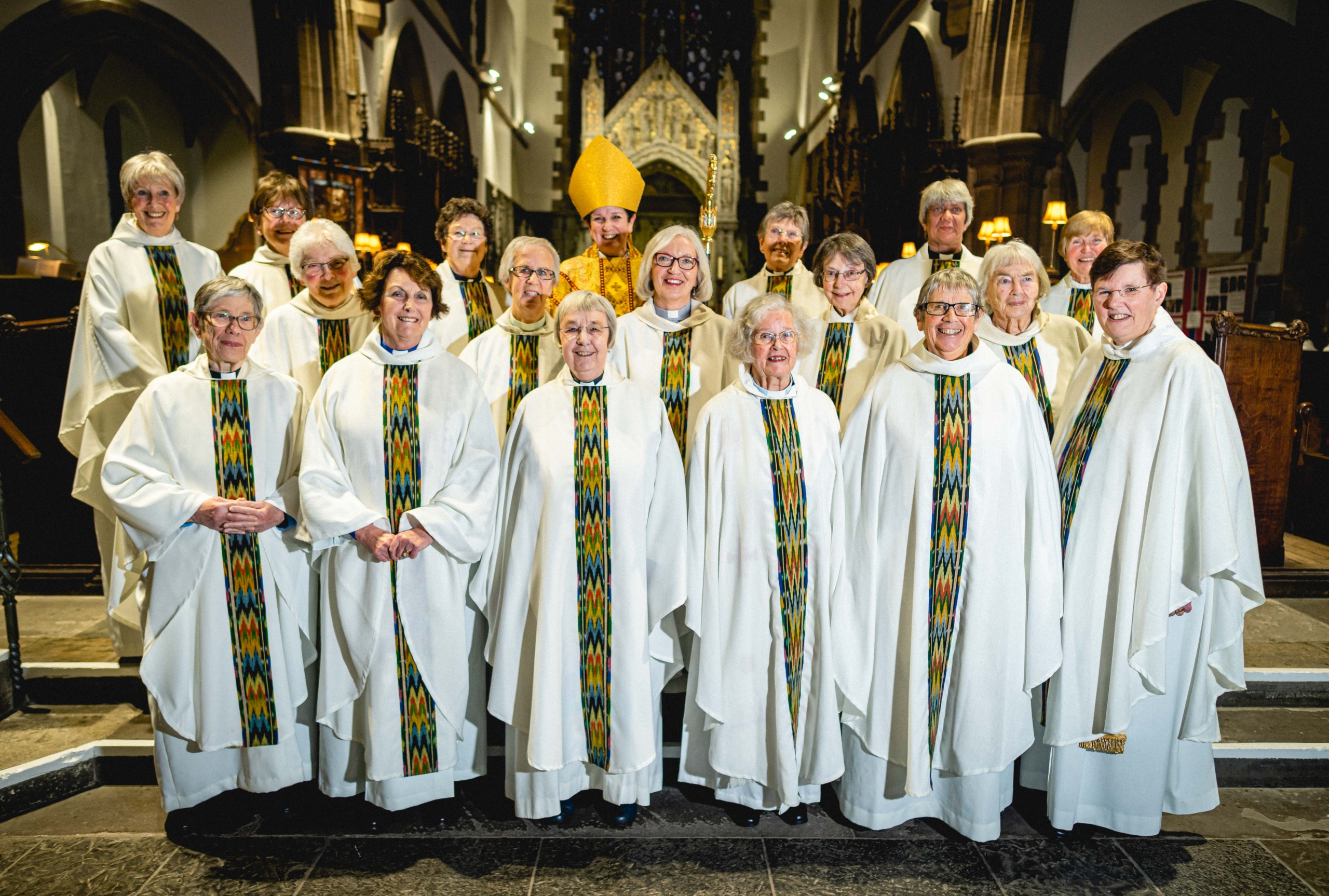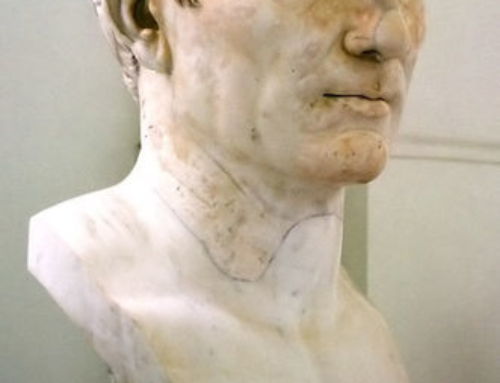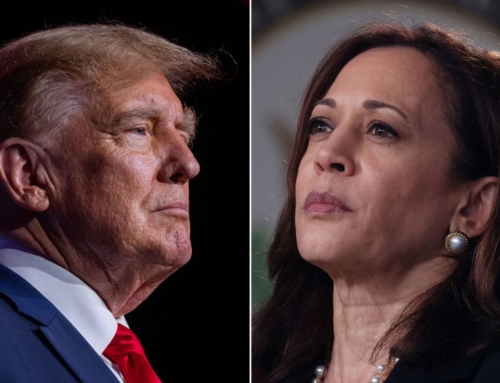Fr Thomas Reese S.J has suggested that the upcoming synod can change church teaching on women’s ordination to the diaconate and priesthood. It’s worth examining this claim by reviewing the history of this divisive proposal.
The campaign for women’s ordination began in the Lutheran and Anglican churches in the post war period. C.S.Lewis wrote an excellent essay on the topic. If you’re interested to read the whole thing go here.
Lewis goes through some of the arguments for women priests and grants the strength of them. When I was a priest in the Church of England the debate went on loud and long. Through the debate I came to accept and understand that there are good reasons for saying “yes” to women’s ordination. It is worth listening to those arguments and it is really worth listening to the voices of women who really do feel God has called them to the priestly office.
I will mention Lewis’ main point in a moment, and then outline my own bottom line position, but first I should point out that, although the advocates of women’s ordination do have some strong arguments, they consistently downplayed or ignored those strong points. Instead the voiced three main types or argument which, logically speaking, are not their strongest points.
First, their arguments were largely pragmatic. They were along the lines of…”Sally is a super person. She is well educated, a good speaker, compassionate and caring. She can do the job just as well as any man. Furthermore, we have a shortage of priests why are we excluding half of the human race? Also, we now know women can be doctors, politicians, executives, soldiers and virtually every other job and profession. Why not priests?”
Secondly their arguments were sentimental. “Sally is such a nice person and sooo caring and kind. She also really loves Jesus and the church. She really feels she is called to be a priest and you’re being so unkind, so patriarchal and oppressive!!”
The third was a political argument, “This is a matter of equal rights! It is simple justice! We demand to be ordained simply because it is fair and the male supremacy needs to be overturned.”
C.S.Lewis acknowledges these arguments, but takes the discussion in a different direction. As an scholar of language and literature, he discerns what happens when we dismantle certain role models that are integrated with certain imagery and societal models. He then sees how the de-construction of imagery and language affects real relationships–with one another (and in an ecclesial context) with God. In other words, “What we think about men and women and priesthood affects what we think (and how we relate) to God.”
He writes,
Sometimes the priest turns his back on us and faces the East – he speaks to God for us: sometimes he faces us and speaks to us for God. We have no objection to a woman doing the first: the whole difficulty is about the second. But why? Why should a woman not in this sense represent God? Certainly not because she is necessarily, or even probably, less holy or less charitable or stupider than a man. In that sense she may be as “God-like” as a man; and a given women much more so than a given man. The sense in which she cannot represent God will perhaps be plainer if we look at the thing the other way round.
Suppose the reformer stops saying that a good woman may be like God and begins saying that God is like a good woman. Suppose he says that we might just as well pray to “Our Mother which art in heaven” as to “Our Father”. Suppose he suggests that the Incarnation might just as well have taken a female as a male form, and the Second Person of the Trinity be as well called the Daughter as the Son. Suppose, finally, that the mystical marriage were reversed, that the Church were the Bridegroom and Christ the Bride. All this, as it seems to me, is involved in the claim that a woman can represent God as a priest does.
Now it is surely the case that if all these supposals were ever carried into effect we should be embarked on a different religion.
But Christians think that God Himself has taught us how to speak of Him. To say that it does not matter is to say either that all the masculine imagery is not inspired, is merely human in origin, or else that, though inspired, it is quite arbitrary and unessential. And this is surely intolerable: or, if tolerable, it is an argument not in favour of Christian priestesses but against Christianity. It is also surely based on a shallow view of imagery. Without drawing upon religion, we know from our poetical experience that image and apprehension cleave closer together than common sense is here prepared to admit; that a child who has been taught to pray to a Mother in Heaven would have a religious life radically different from that of a Christian child. And as image and apprehension are in an organic unity, so, for a Christian, are human body and human soul.
The innovators are really implying that sex is something superficial, irrelevant to the spiritual life. To say that men and women are equally eligible for a certain profession is to say that for the purposes of that profession their sex is irrelevant. We are, within that context, treating both as neuters.
Lewis then goes on to make an amazingly prophetic observation (Remember this essay was written in the 1940s.) He writes, “As the State grows more like a hive or an ant-hill it needs an increasing number of workers who can be treated as neuters. This may be inevitable for our secular life. But in our Christian life we must return to reality.”
He sees that the secular state “needs an increasing number of drones who can be treated as neuters.” There is much that can be drawn out of this side observation. Now, eighty years later the secular state with all its media propaganda apparatus is indeed promoting a neutered humanity. Radical feminism, homosexualism and gender confusion ideology are producing (consciously or unconsciously) a neutered humanity–a humanity ripe for totalitarian manipulation and dominance.
But to return to Lewis’ main point, “In the liturgical iconography the priest is an image of Christ and God. Women can’t do that. If they do, the effect will be a new image of God himself. This is exactly what we see within Anglicanism and the other mainstream Protestant churches where “non-sexist” language for God was the first step and now referring to God as “Mother” is finding a toe hold.
While Lewis’ arguments are a powerful contribution to the debate it was sad to see that they were basically swept aside with “Yes, well, that was the 1940s and we all know Lewis was a misogynist.” So no real attempt to engage in a rational or reasonable way. Instead resorting to the pragmatic, the sentimental and the political arguments.
Finally, I said I would mention my own bottom line. It is this: The women’s ordination debate in the Church brought me face to face with the Protestant problem–which is, “What do you do when sincere, good Christians sincerely disagree?” The answer is, “You either shake hands and say it doesn’t really matter or you split and go your own way.” This led me to re-examine the authority claims in the Catholic Church. The Church of England had no basis for authority other than the pragmatic, sentimental and political. 500 years earlier they had abandoned papal authority and in the 20th century through the ravages of modernistic Biblical criticism they had effectively abandoned Scriptural authority. In doing so they had implicitly also rejected the authority of human reason for they had taken irrational positions. No wonder all that was left was the individual, subjective opinions of pragmatism, sentimentalism and political ideologies.
The Catholic Church offered not only papal authority, but also an authority that was geographically and chronologically universal. In other words, the Catholic Church’s authority extended and drew on two thousand years of church history and extended and drew on the church’s experience throughout the world–not just in Britain and North America.
That authority has examined the proposal for women’s ordination from antiquity. This article reviews the historical position of the church. In 1976 after the Episcopal Church in the USA first ordained women Pope Paul VI explored the idea and in Inter Insigniores ruled that the ordination of women was impermissible. After the Church of England took the step in the early 1990s Pope John Paul II examined the question again and issued Ordinatio Sacerdotalis which re-affirms Paul VI’s decision. When this was questioned in 1995 Joseph Ratzinter as head of the Congregation for the Doctrine of the Faith was asked, “Whether the teaching that the Church has no authority whatsoever to confer priestly ordination on women, which is presented in the Apostolic Letter Ordinatio sacerdotalis to be held definitively, is to be understood as belonging to the deposit of faith.”
He replied “Affirmative.”
Since then Pope Francis has also re-affirmed the prohibition of women priests.
So we have the clear teaching of the last four popes: The Catholic Church does not have the authority to ordain women as priests.” This, in the end is the bottom line of the Catholic Church and it is my bottom line.
One may propose many arguments in favor of women priests and many of them may be good arguments, but for Catholics, “Rome has spoken. That settles it.”







The Church is not a democracy. Never was, never will. The irony of campaigning for women to take on clerical roles is that it fuels clericalism, under a different name this time.
“Wherefore, in order that all doubt may be removed regarding a matter of great importance, a matter which pertains to the Church’s divine constitution itself, in virtue of my ministry of confirming the brethren (cf. Lk 22:32), I declare that the Church has no authority whatsoever to confer priestly ordination on women and that this judgment is to be definitively held by all the Church’s faithful.”
– Pope St John Paul II, Apostolic Letter “Priestly Ordination”
Clearly this counts as an invocation of papal infallibility as evidenced by the last sentence – a dogmatic statement to bind the universal Chirch under no uncertain terms.
So what more clarifications are needed? If people are still asking for “clarifications”, it just proves how far too many ppl are either boneheaded, too lazy to do their due diligence or wilfully ignorant (or a combination of these factors).
By the way Fr, what are your thoughts on altar girls? I think it imprudently sends out a lot of unfavourable mixed signals.
I am planning a blog post on altar servers soon.
Throughout the Bible and Catholic Church history women have played important roles and have been acknowledged as Saints and Doctors of the Church.
We belong to the Church Christ Himself established because we want to follow His teachings. Christ commissioned his 11 apostles (men) as priests at the Last Supper and gave them (men) the power to forgive sins when He had risen from the dead and first appeared to them.
We want to follow Christ’s teachings. Those who advocate for women priests need to tie their arguments strongly to Christ’s teachings.